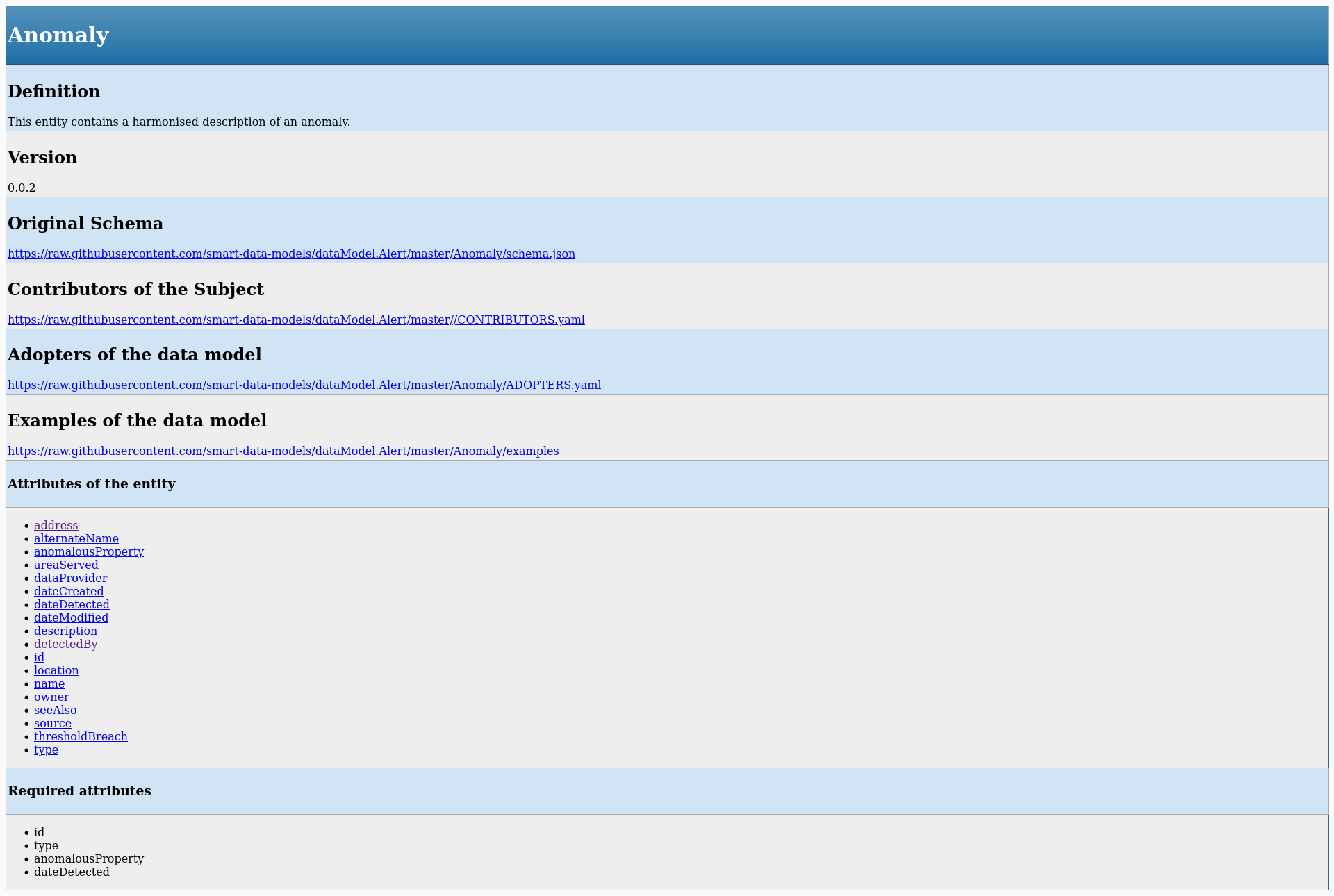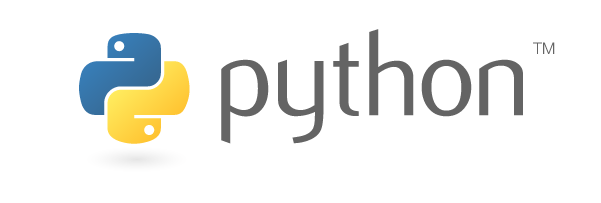The new subject datamodel.S4BLDG is mapping the data models from SAREF for buildings 1.1.2.
Thanks to the contributors Grzegorz Wiszniewski and Jakob Bjørnskov t the project Twin4Build – A holistic Digital Twin platform for decision-making support over the whole building life cycle.
Outlet. An outlet is a device installed at a point to receive one or more inserted plugs for electrical power or communications. Power outlets are commonly connected within a junction box; data outlets may be directly connected to a wall. For power outlets sharing the same circuit within a junction box, the ports should indicate the logical wiring relationship to the enclosing junction box, even though they may be physically connected to a cable going to another outlet, switch, or fixture.












